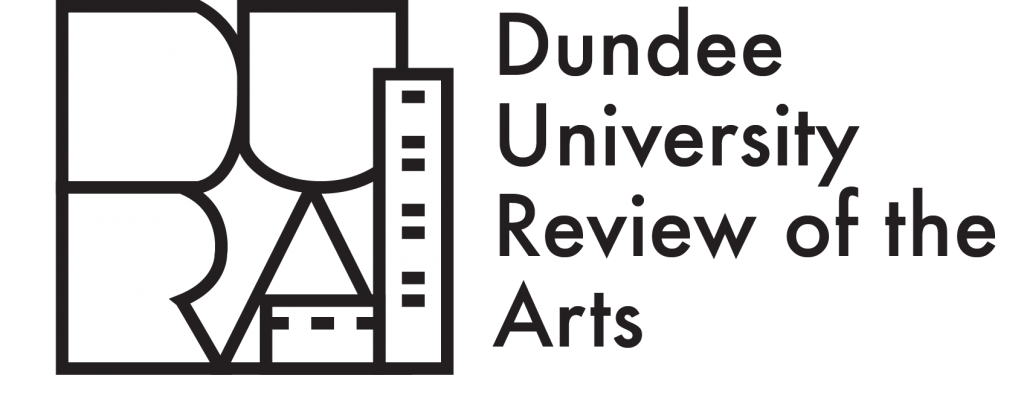The Great Gatsby
 (Australia/ USA, 2013)
(Australia/ USA, 2013)
24 May- 6 June; DCA.
You know that when you have the option to watch an adaptation of a classic Fitzgerald novel in 3D you will most certainly be confronted by excess grandeur. In his adaptation of The Great Gatsby, the film chosen to open this year’s Cannes Film Festival, director Baz Luhrmann does not spare audiences any of the spectacle found in his previous films such as Romeo + Juliet (1996) and Moulin Rouge (2001).
With an estimated budget of 105 million dollars, the extravagance of this period piece is intense, transporting us back to the jazz age and overloading our eyes with gorgeous costumes and carefully arranged backdrops of 1920s New York. The film is laced with a high level energy that is largely the effect of Luhrmann’s distinctive editing style: within the first hour of the film there are so many zooms, swoops and cuts that they become headache-inducing. However these cinematic flourishes also complement the overall feeling of excess and restlessness of the age which Fitzgerald sought to describe in his book. Indeed, the director’s editing style seems to match the frenzied personality of Gatsby himself.
The anticipated on-screen emergence of Gatsby, (played by Leonardo Di Caprio), who is constantly referred to within the first hour but never revealed, was well planned; when he finally turns up, he is sporting a glowing smile, and accompanied by fireworks booming in the background alongside a dramatic rendition of Rhapsody in Blue. However, we come to learn that Gatsby’s inner life, despite what is implied by the enormous parties he throws, is full of melancholy. He lives alone in a mansion across the water from his beloved Daisy (Carey Mulligan) whom he has not seen in five years. Through the flashback narration of Nick Carraway (Tobey Macguire), an awkward character who is mostly marginal to the main story but who narrates the story retrospectively from a sanatorium, we follow the tribulations of these characters as they struggle with their luxurious and yet meaningless lives.
When compared to the elaborate, dramatized acting style of Daisy, and the bawdy mannerisms of her over protective husband Tom (Joel Edgerton), Tobey Macguire’s performance is minimal and yet sufficiently close to the out-of-place third wheel that his character appears to be in the novel. An example of this can be found in the meeting between Daisy and Gatsby, which comprises one of the more genuine moments in a film, and Di Caprio’s performance here is both heart breaking and comedic. Nick slowly tries to interrupt them, deep in conversation with each other, but fails to make his presence known, despite the scene taking place in his own house.
Another interesting choice taken by Luhrmann is to display the famous lines of the novel on the screen in a typewriter font. This creates a nice effect, merging of literature and cinema, and bridging the gap between the novel and its adaptation. One of the other highlights of the film is the use of music. The excessive party scenes, induced by cheap liquor, match well with the blaring music of modern musicians such as Jay Z and Lana Del Rey; this soundtrack adds a spring break quality to the whole affair, suggesting that not much has changed in humanity’s customs between then and now. Overall, The Great Gatsby is well worth seeing in the grandiose environment of a big cinema screen – it succeeds in transporting the audience into a completely different era.
Shelly Shochat

Leave a Reply